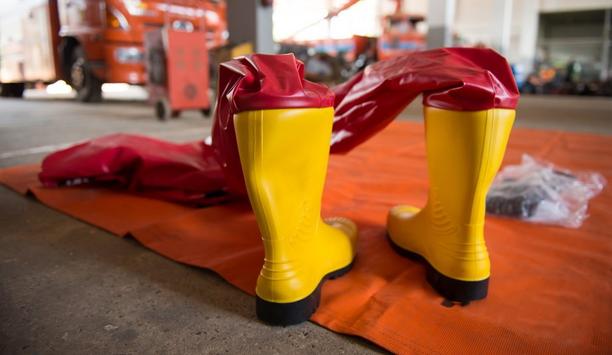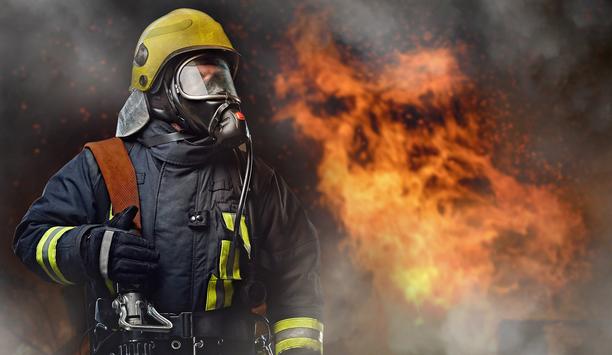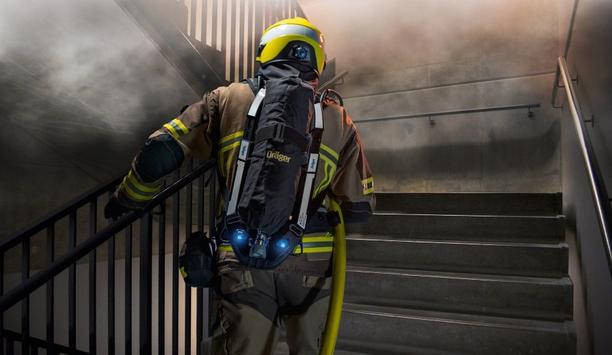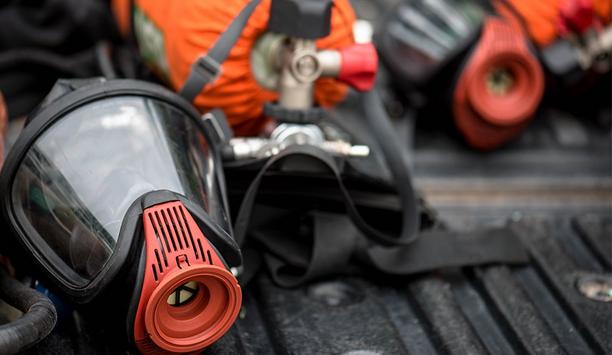Where does the department keep PPE when not in service? Lockers in the bay, exposed to UV rays and exhaust emissions? If so, it’s time to reconsider how the gear is being stored.
Making sure that the PPE is stowed correctly is a perfect example of how users can lessen the risk of damage in the future.
Proper NFPA storage Needs
- Before storing, the garments should be clean and dry - avoiding contact with contaminants, such as oils, solvents, acids, or alkalis.
- The storage areas must be well ventilated with no exposure to harsh lighting, fluorescent lighting, direct sunlight, and indirect sunlight.
- PPE should not be stored at temperatures below -32°C (-25°F) or above 82°C (180°F).
When transporting, PPE should be placed in an airtight protective case or bag to prevent damage.
Causes of gear damage
- Prolonged exposure to UV rays and fluorescent lighting can damage the turnout gear.
- Outer shell material is susceptible to color fading and loss of overall strength when exposed to prolonged periods of Ultraviolet light. Keeping the gear tucked away from harsh lighting will help protect it.
Any moisture from gear not being dried thoroughly can lead to mildew. Ensure after laundering, the gear is completely dry.
Gear inspection
The most prevalent sign of UV damage is discoloration. Although this may not be an immediate cause for panic, it’s a good initial hint that PPE should be inspected to confirm that the gear is still strong and effective. Prolonged exposure to UV will cause the fabric to weaken to levels below NFPA certification requirements where the fabric will tear easily.
Making sure the firehouse adheres to these guidelines can be the difference between effective and ineffective PPE. While the turnouts aren’t in use or being repaired or laundered, take some time to safely store the gear, ensuring a long life of safe firefighting ahead.






